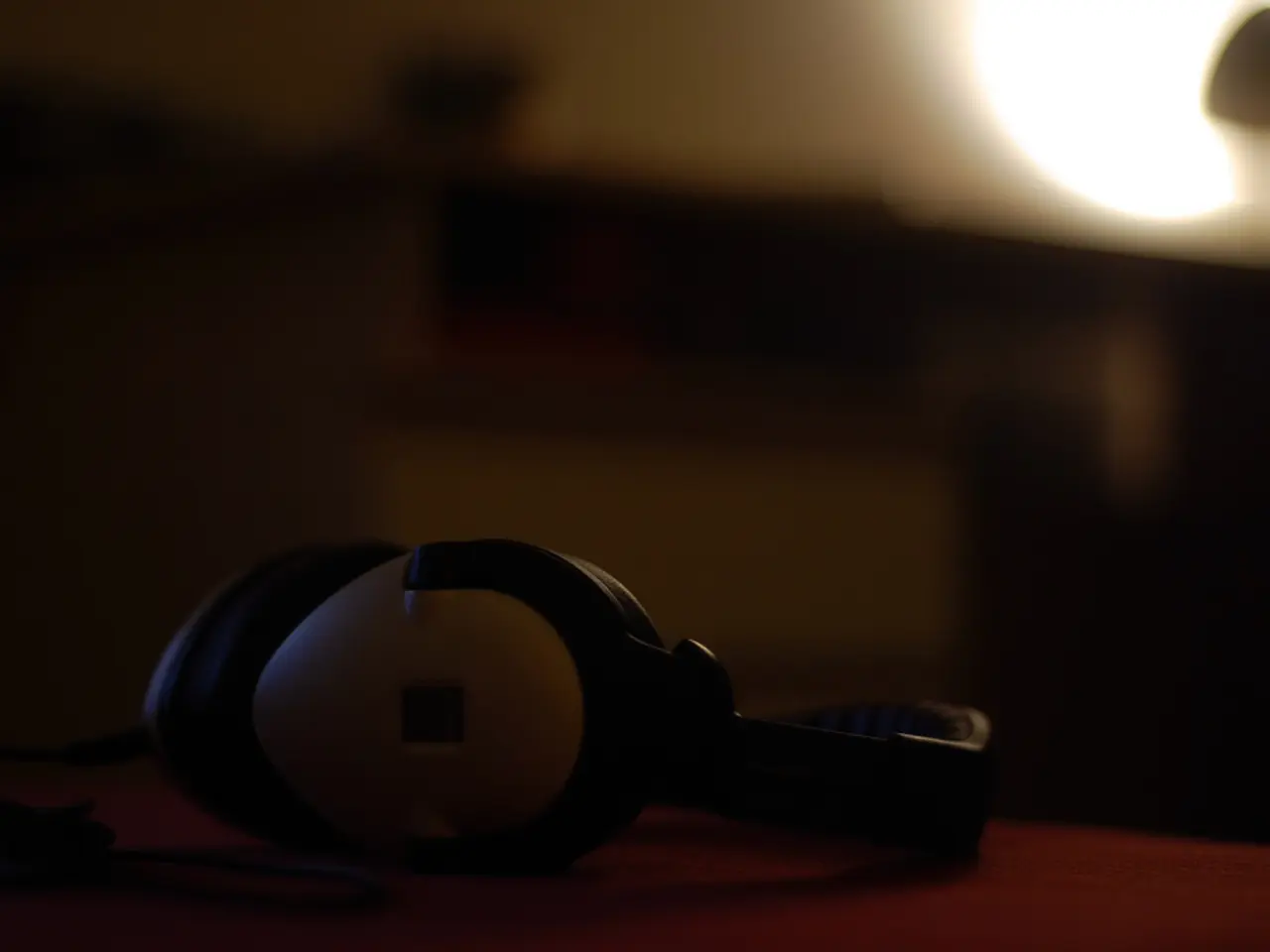Cell phone placement under the chin leads to potential health risks or discomfort due to heat emission and pressure on the neck.
In a fascinating blend of science and entertainment, you can conduct an experiment right at home using your cell phone to experience the phenomenon of bone conduction. Here's how:
- Choose a Suitable Sound: Select a song or sound with deep bass or vibrations that can be felt. This type of sound works best for bone conduction.
- Test the Sound: Place the phone's speaker against a bone on your head, such as the cheekbone or the side of your head. You can also try placing it on your forehead or the back of your head.
- Adjust Volume: Turn the volume up to a comfortable level. You might need to adjust it to feel the vibrations clearly without it being too loud.
- Experiment with Different Positions: Try placing the phone in different positions on your head to see which spot transmits the vibrations most effectively. The cheekbone is often mentioned as a good location because it is close to the inner ear.
- Secure the Phone: If you want to keep the phone in place while you're moving, consider using a headband or strap to secure it. This can help maintain consistent contact and enhance the effect.
Bone conduction is a natural phenomenon, not a magical effect of the phone. It occurs when the vibrations of a speaker's sound travel through the mandible bone, which is connected to the skull and, therefore, to the inner ear, resulting in a different sound perception. This effect can be intentionally used in bone conduction headphones, designed to transmit sound through the bones of the skull, benefiting individuals who have hearing loss in one ear or prefer not to use traditional earbuds.
In fact, bone conduction is classified under DeCS/MeSH by the National Library of Medicine in the United States. Interestingly, this method might not be as effective as using dedicated bone conduction headphones, but it can still provide a fun and interesting way to experience sound.
Moreover, bone conduction technology is popular among people with partial hearing loss or in environments where it's necessary to be alert to ambient noise, such as runners or cyclists. When a cell phone is placed under the chin, the "pinball" effect occurs, making it seem like the sound is moving from one ear to the other. Adjusting the phone's position slightly to the left or right can change sound perception.
So, grab your cell phone, pick your favourite tune, and embark on this educational and entertaining journey into the world of bone conduction!
[1] Phillips Blog: [Link to the blog post] [3] National Library of Medicine: [Link to the DeCS/MeSH classification]
- Explore Bone Conduction Technology: Despite the fun and unique experience you get from conducting bone conduction using your smartphone, you might want to consider investing in a pair of smartphones or gadgets equipped with bone conduction headphones for a more effective and efficient sound transmission.
- Understanding Bone Conduction Across States: This exciting exploration of bone conduction is not limited to your state; it's a widely recognized field under the DeCS/MeSH classification of the National Library of Medicine in different States across the United States.




